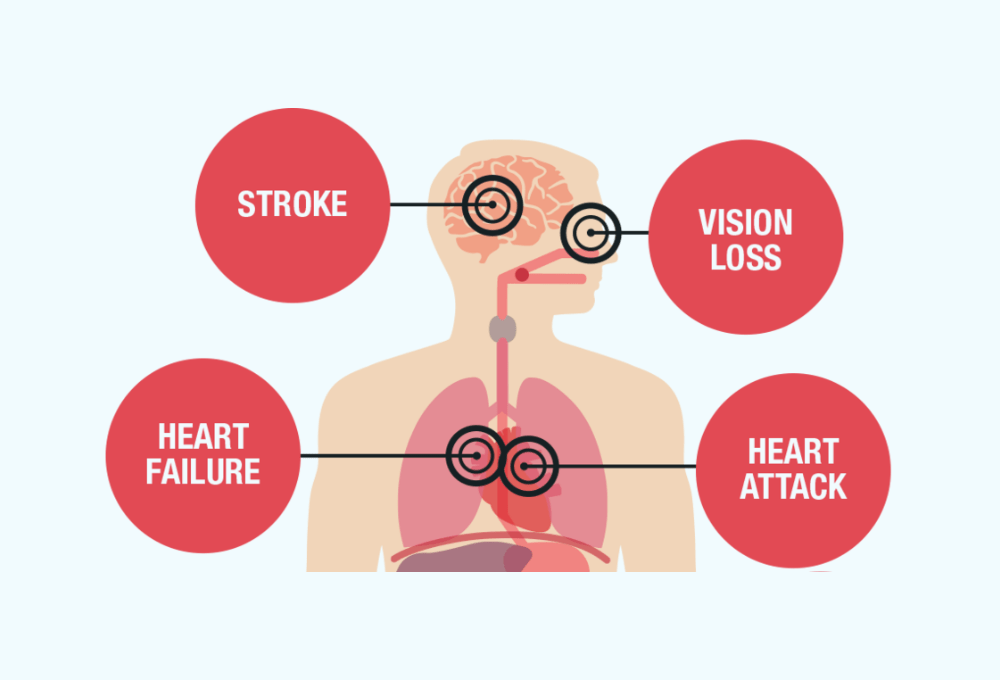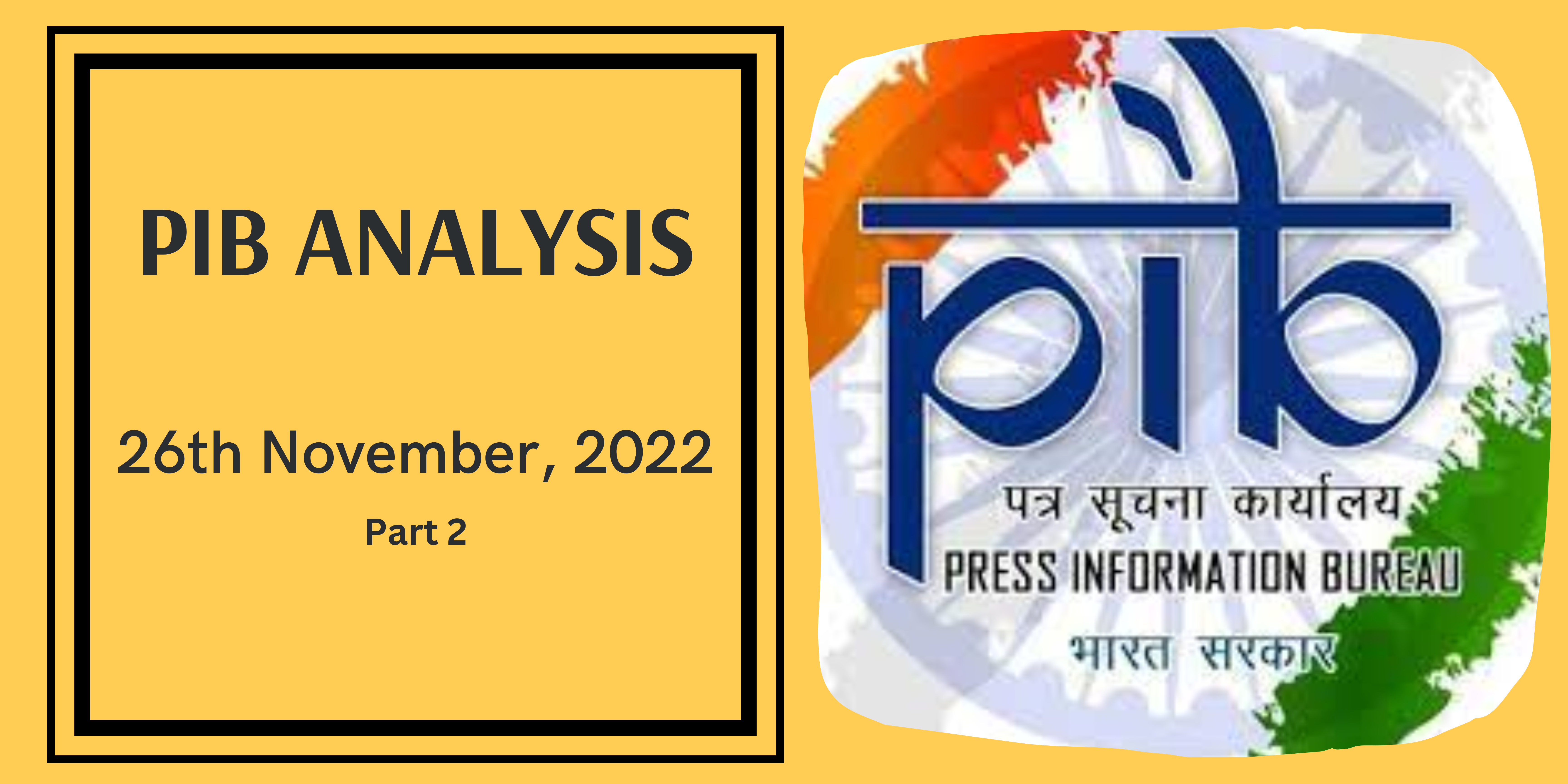Hypertension: The silent Killer
Context:
Hypertension, often referred to as high blood pressure, is a silent but deadly health concern affecting one in three individuals globally. Alarmingly, four out of five individuals with hypertension do not have it adequately controlled. The World Health Organization’s (WHO) recent report on hypertension highlights the stark reality that countries have not done enough to address this significant risk factor for diseases like heart attacks and strokes, despite the widespread availability of affordable medications.
Relevance:
GS-02 (Health)
Prelims:
Hypertension, Non-Communicable diseases, IHCI
Mains Question:
- Examine the global scenario of hypertension and its implications for public health, with the focus on India. (150 words)
Dimensions of the Article:
- The Alarming Global Scenario
- Hidden Dangers Below the Threshold
- India’s Troubling Statistics
- The Consequences: Stroke and Heart Attack
The Alarming Global Scenario
- Globally, hypertension is a pervasive health issue, impacting a significant portion of the population. What’s concerning is that a vast majority of those affected do not have their blood pressure under control.
- Uncontrolled hypertension, defined as blood pressure readings over 140/90, is a primary risk factor for serious cardiovascular conditions, including heart attacks and strokes. These conditions constitute a leading cause of illness and death worldwide.
Hidden Dangers Below the Threshold
- It’s crucial to recognize that health risks related to hypertension do not emerge only when blood pressure crosses the 140/90 threshold.
- These risks exist on a continuum, even at lower levels of blood pressure, particularly among individuals with conditions like diabetes, obesity, and habits like tobacco and alcohol consumption. Therefore, reports on hypertension levels often underestimate the collective risk of high blood pressure.
India’s Troubling Statistics
- The WHO report, relying on 2019 data, reveals that a staggering 188 million Indian adults between the ages of 30 and 79 have hypertension. However, the diagnosis rate is only 37%, treatment is provided to 30%, and a mere 15% of people have their hypertension under control.
- Interestingly, women fare slightly better than men in terms of diagnosis, treatment, and control of the condition. Yet, the statistics do not paint the full picture, as they do not account for the subtle, ongoing health risks.
The Consequences: Stroke and Heart Attack:
- A study conducted in parts of India reported stroke incidence rates ranging from 108 to 172 per 100,000 people annually.
- In the 2019 Global Burden of Disease report, heart attacks emerged as the leading cause of death and disability in India.
- Research also has shown that too much salt consumption, exceeding 5 grams per day, contributes to 17%-30% of hypertension cases.
- WHO guidelines mandates a 30% relative reduction in salt intake by 2025. But India has yet to take actions on the same.
Way Forward:
- India must prioritize strategies to address the silent killer that is hypertension. This includes comprehensive efforts to reduce salt consumption, encourage healthier food choices through labeling and reformulation, and raise awareness about the importance of blood pressure control.
- Expanding the reach of initiatives like the IHCI and ensuring that more individuals have their hypertension under control should be at the forefront of India’s public health agenda.





